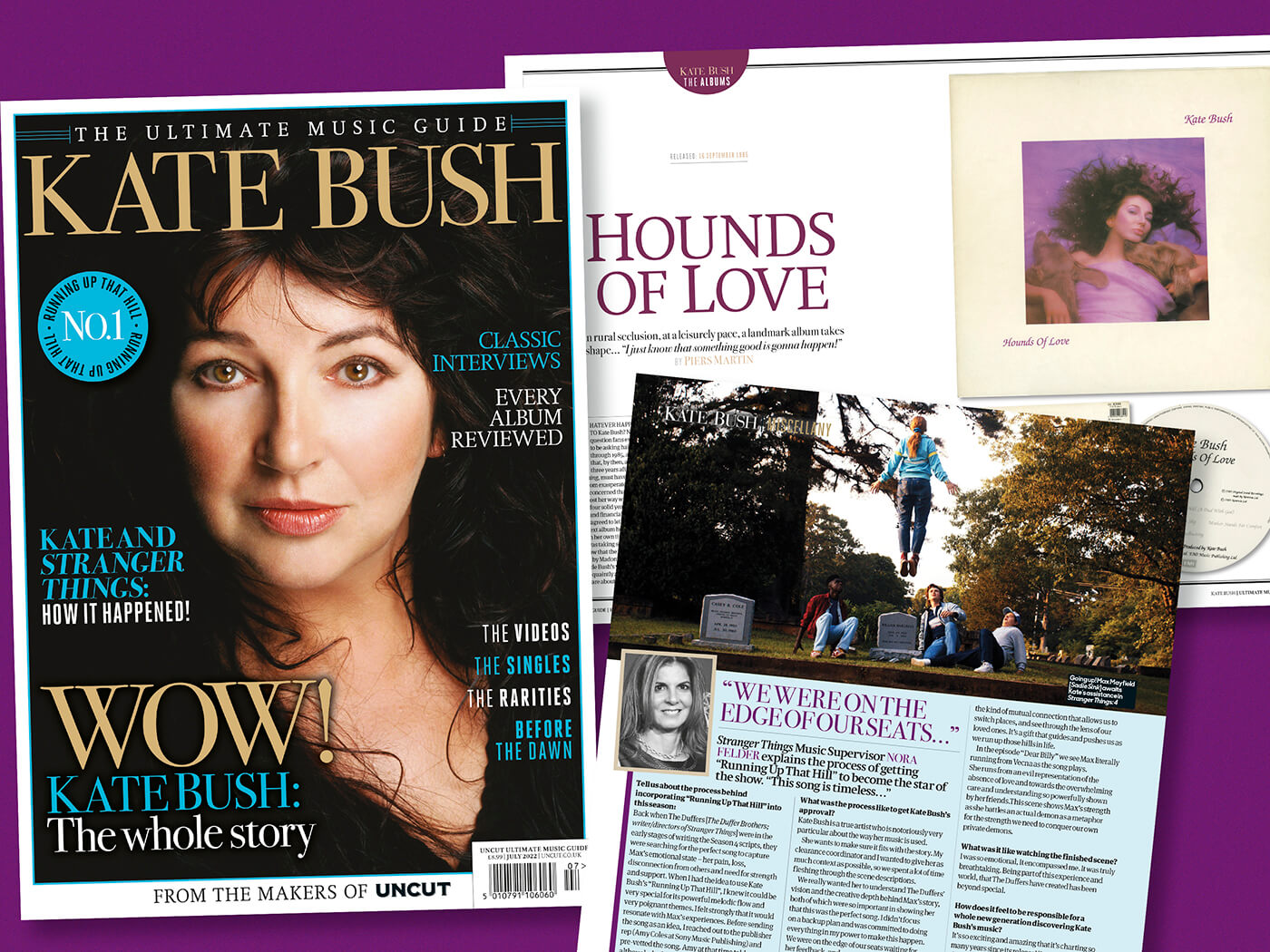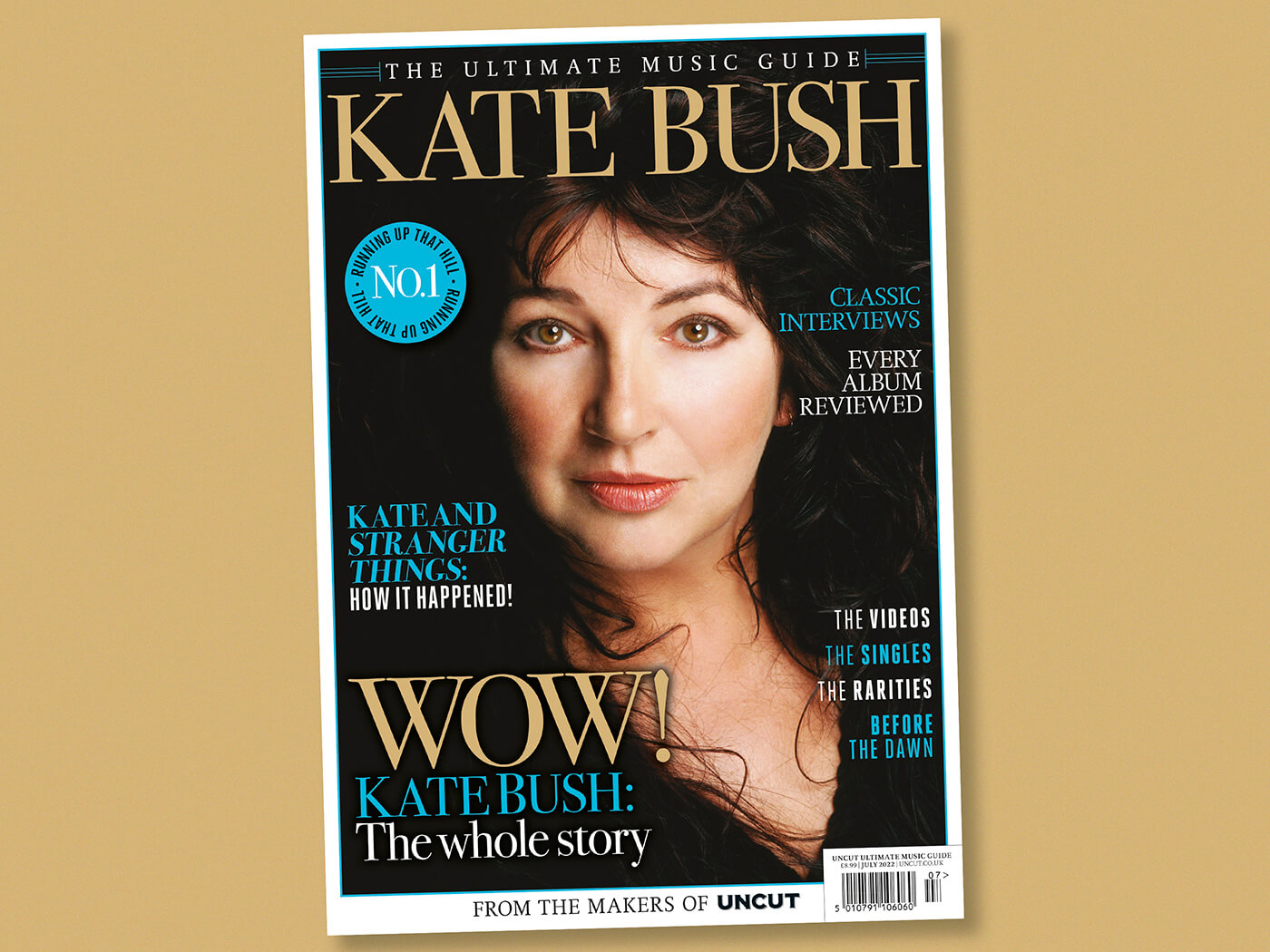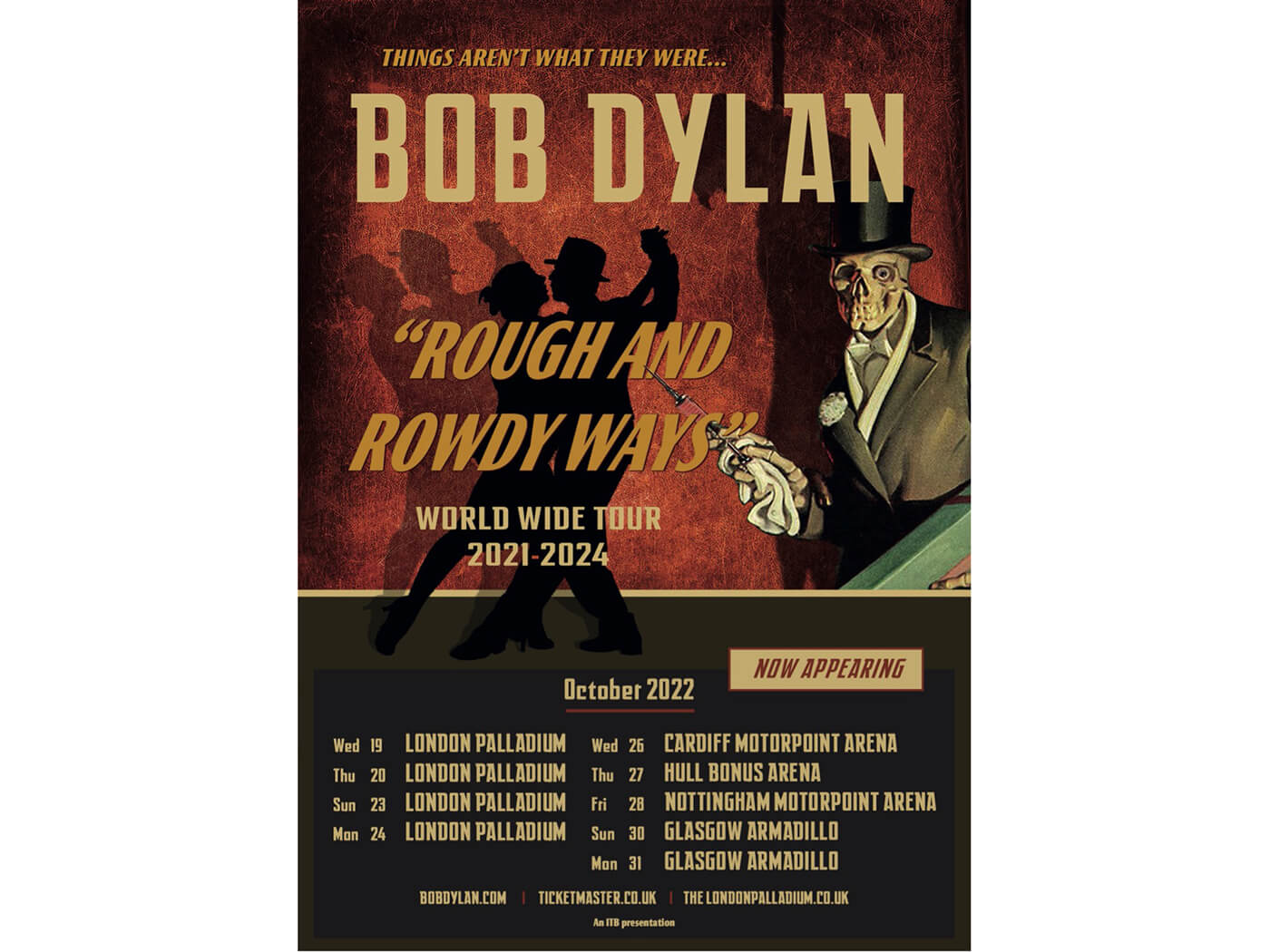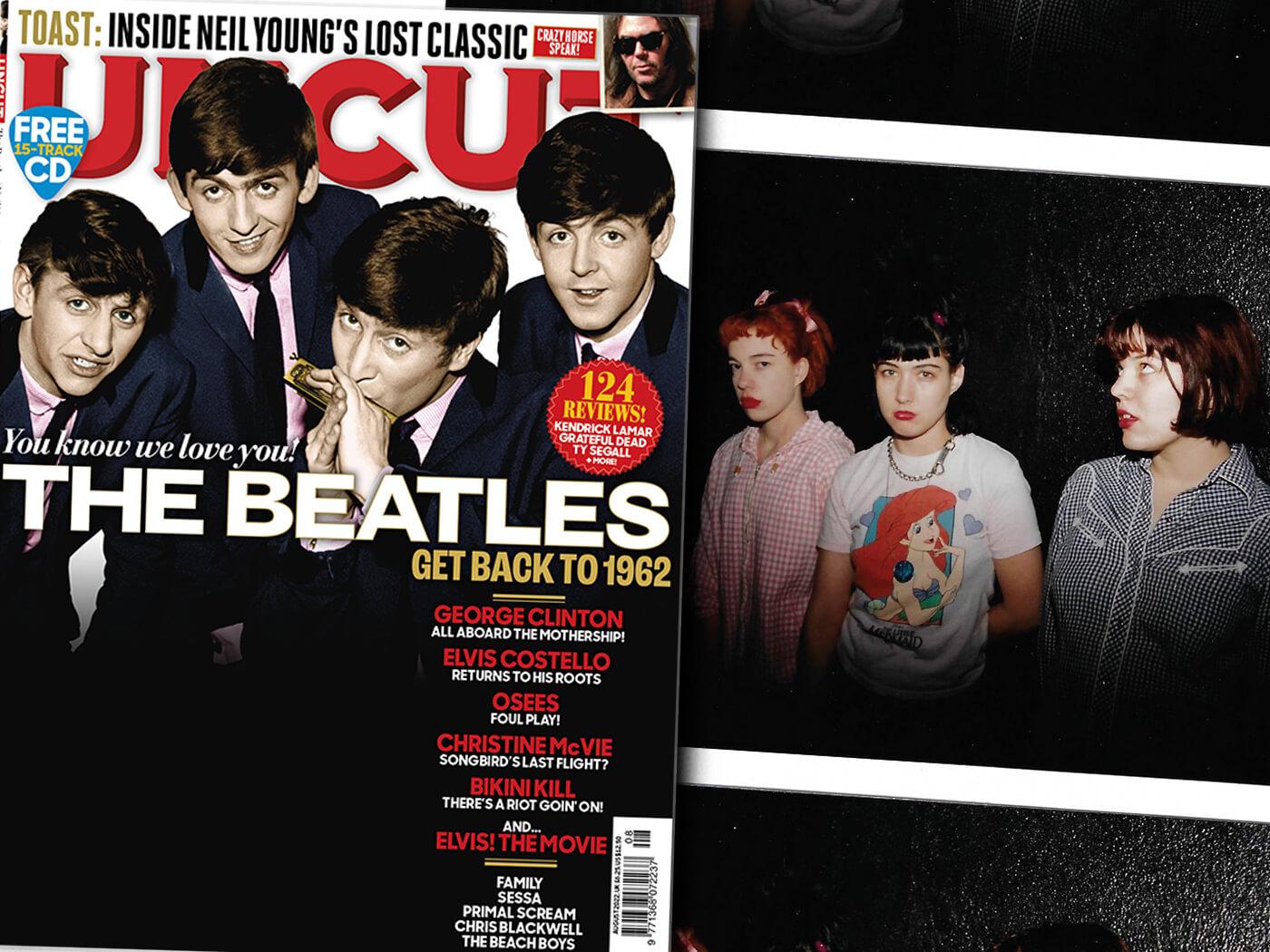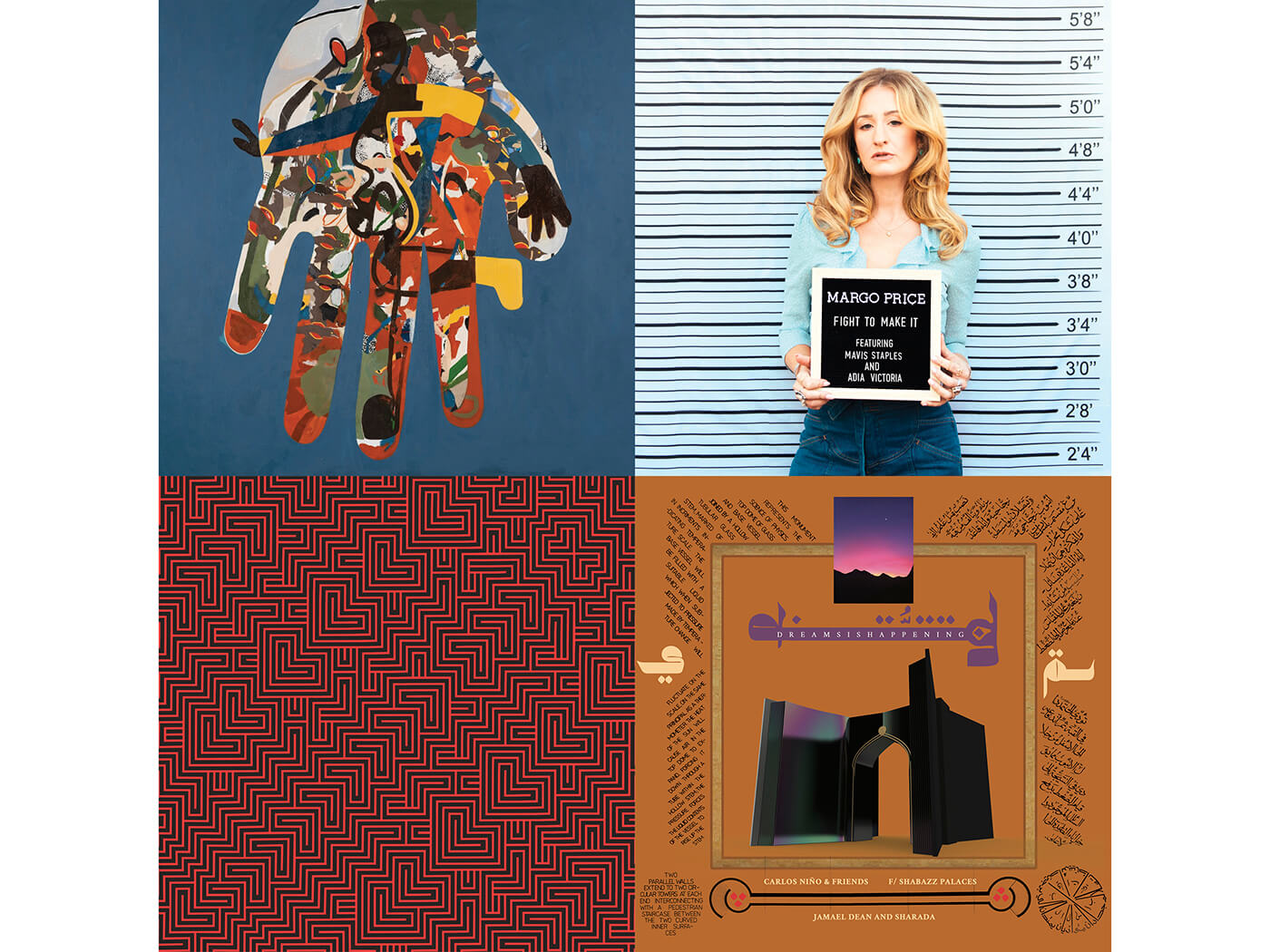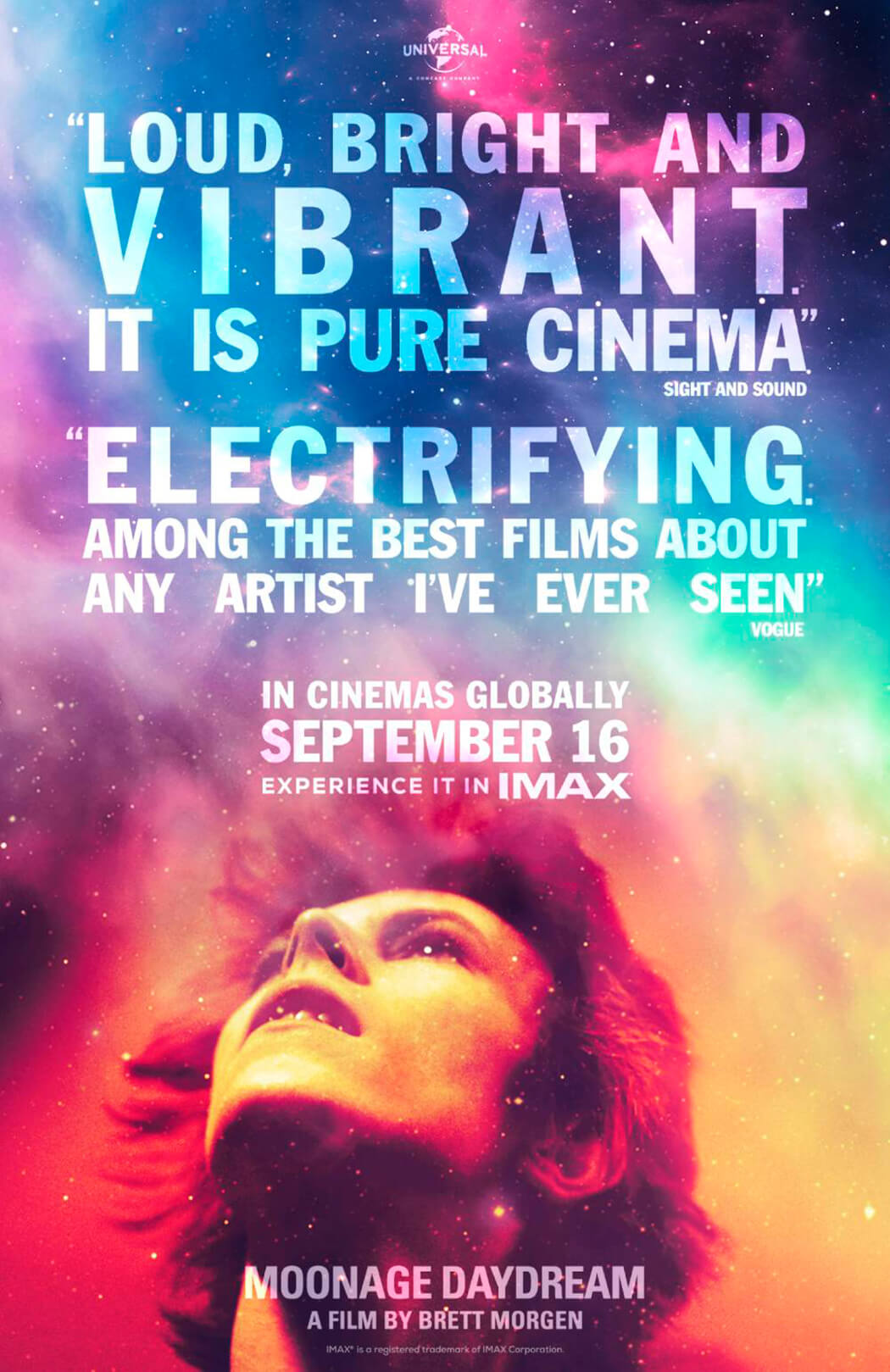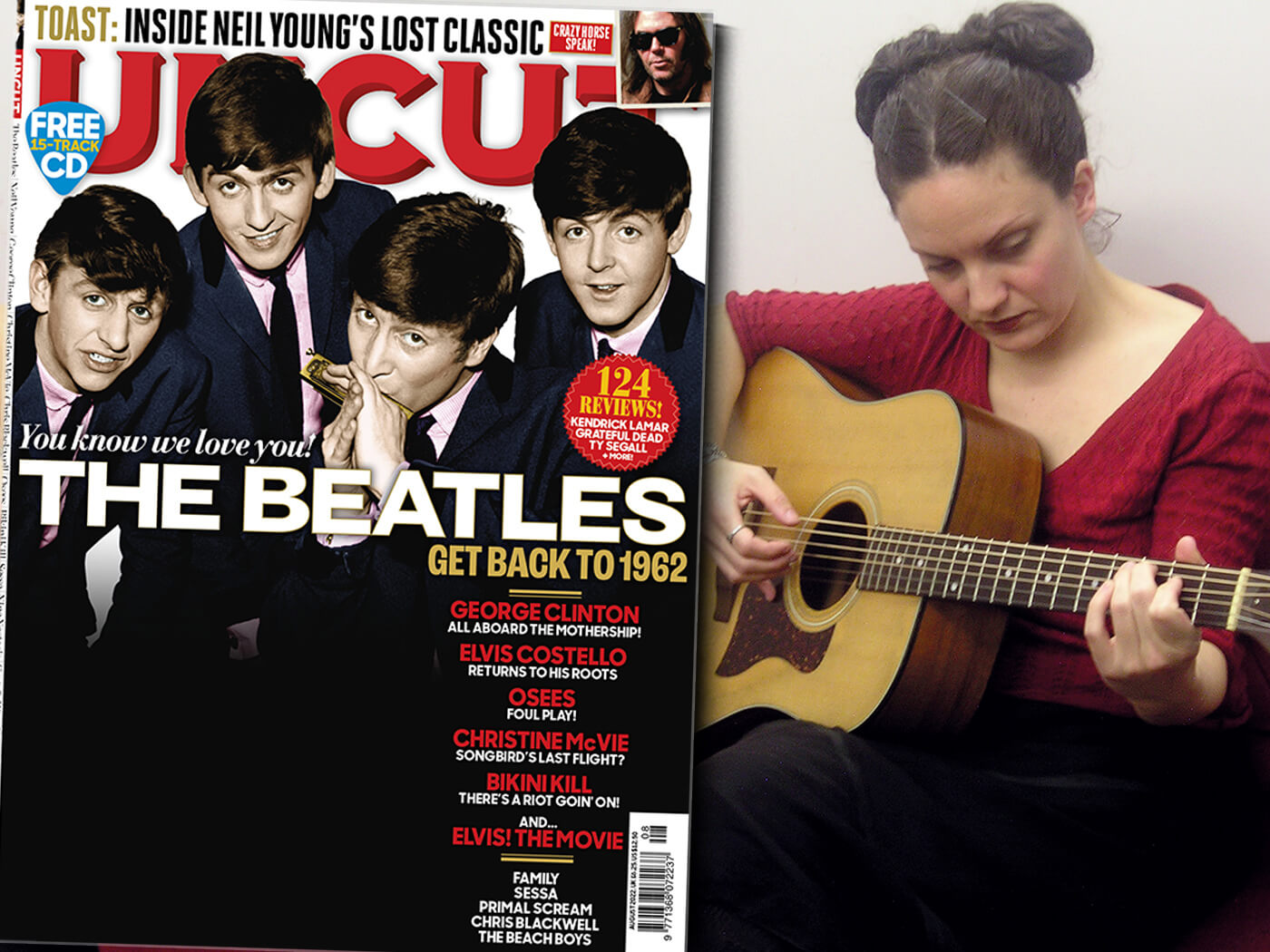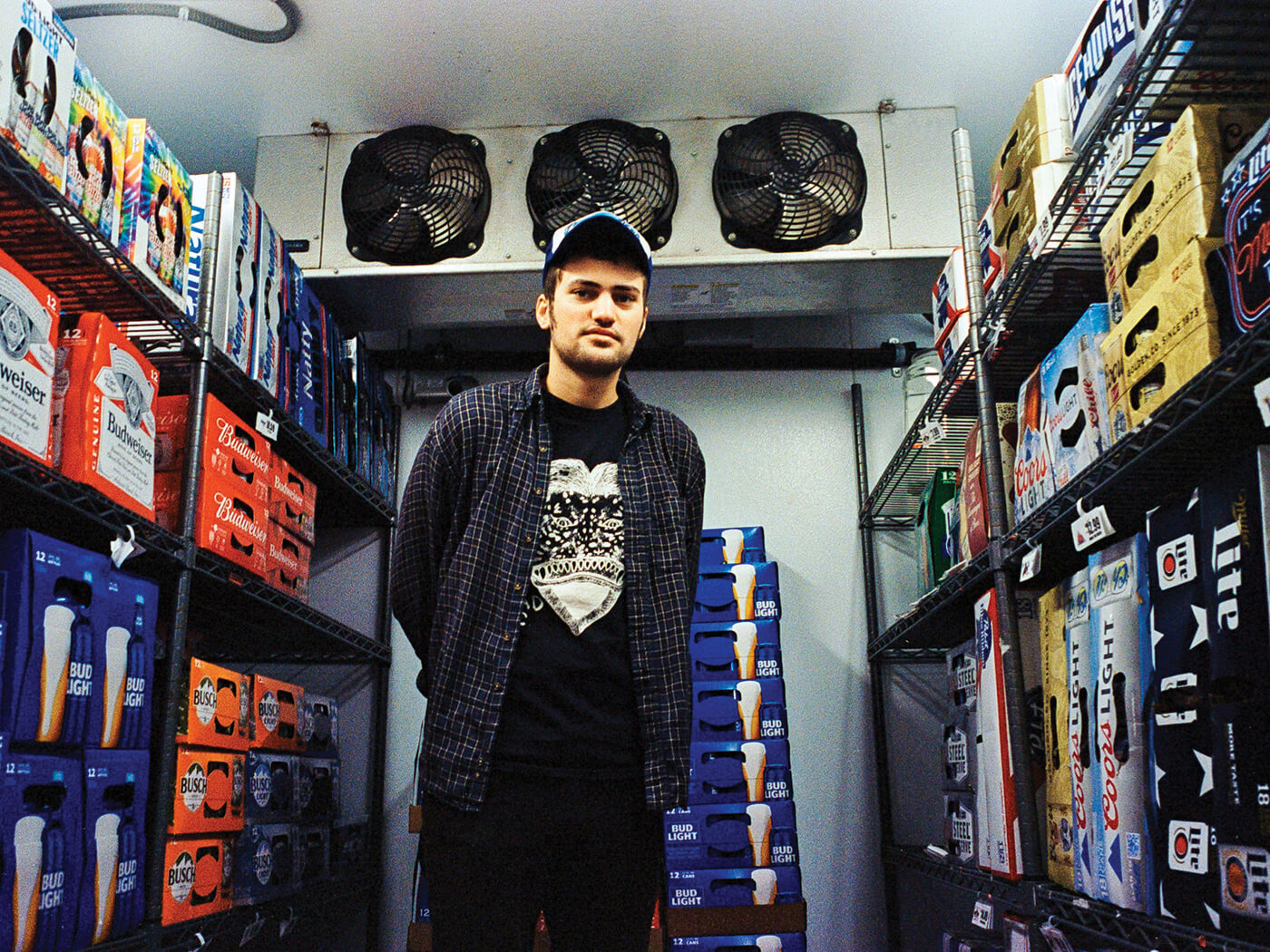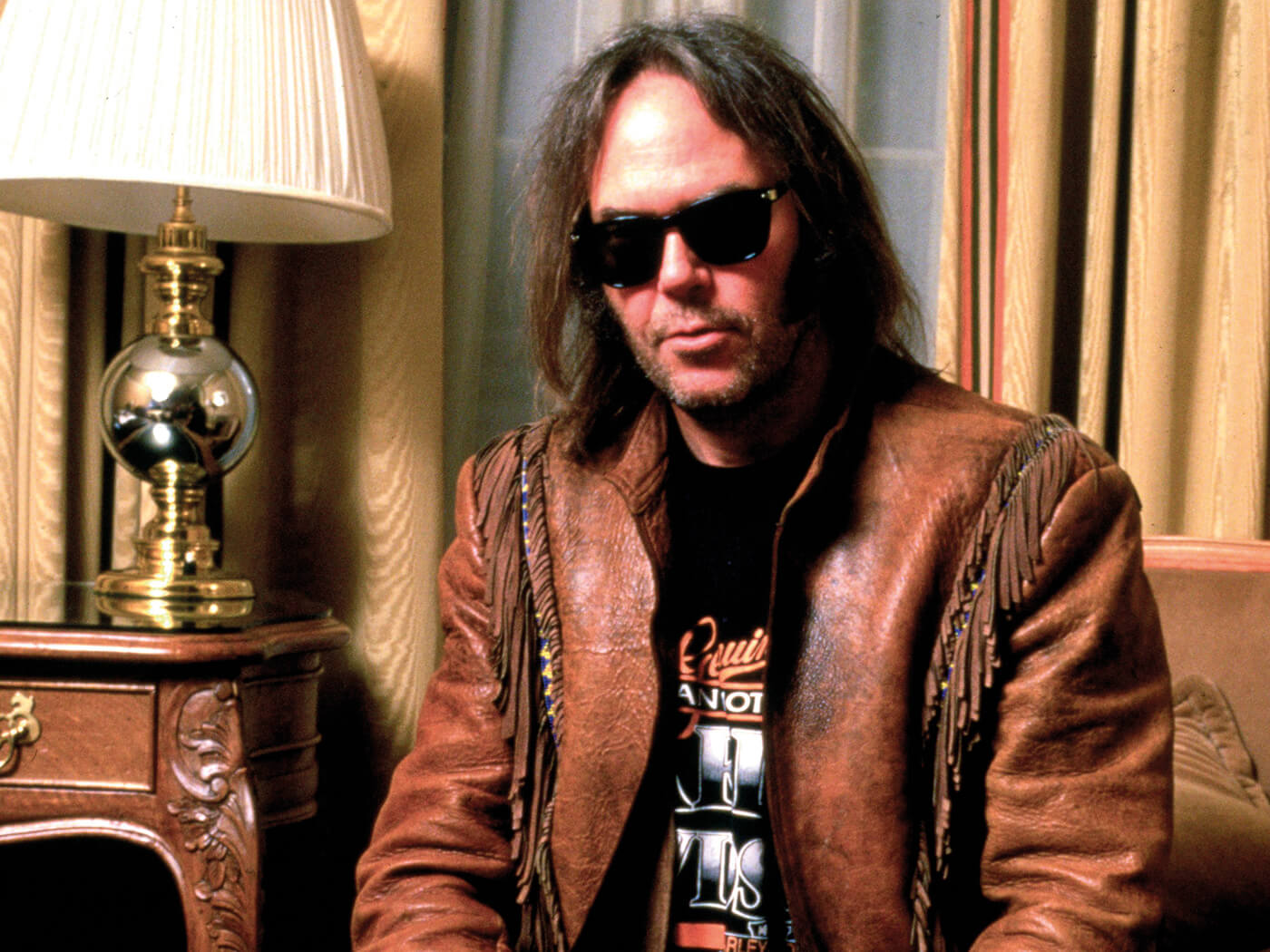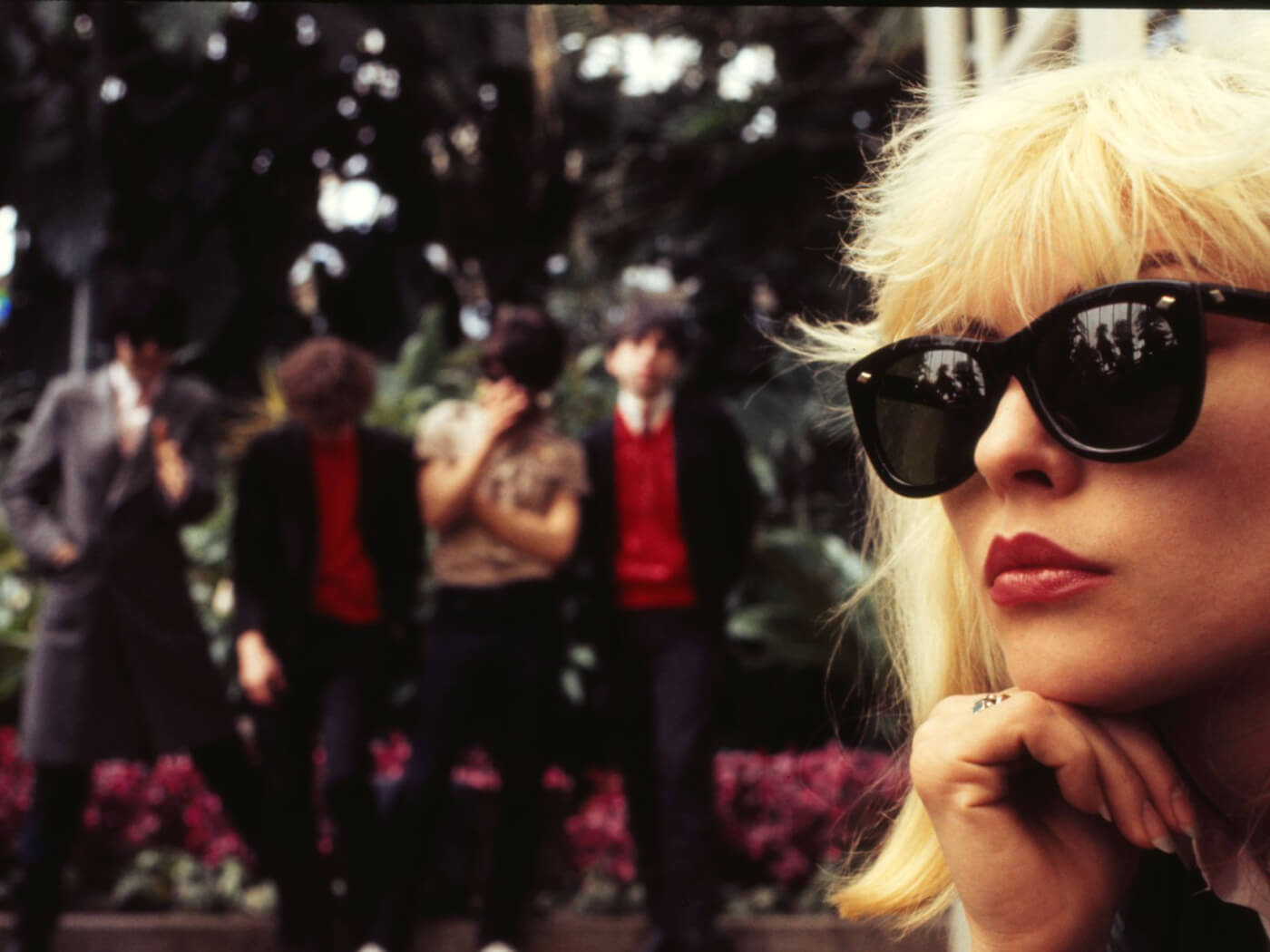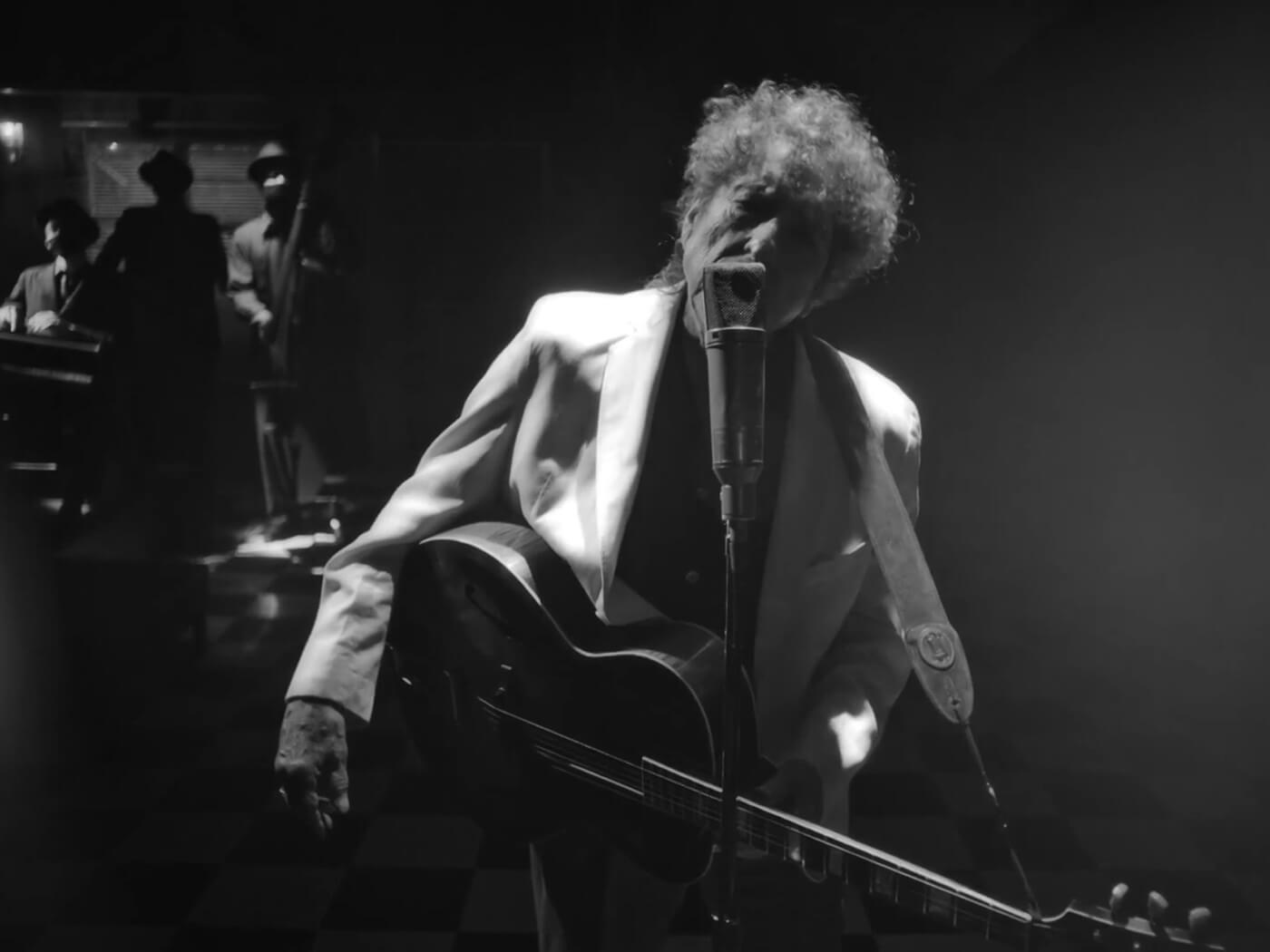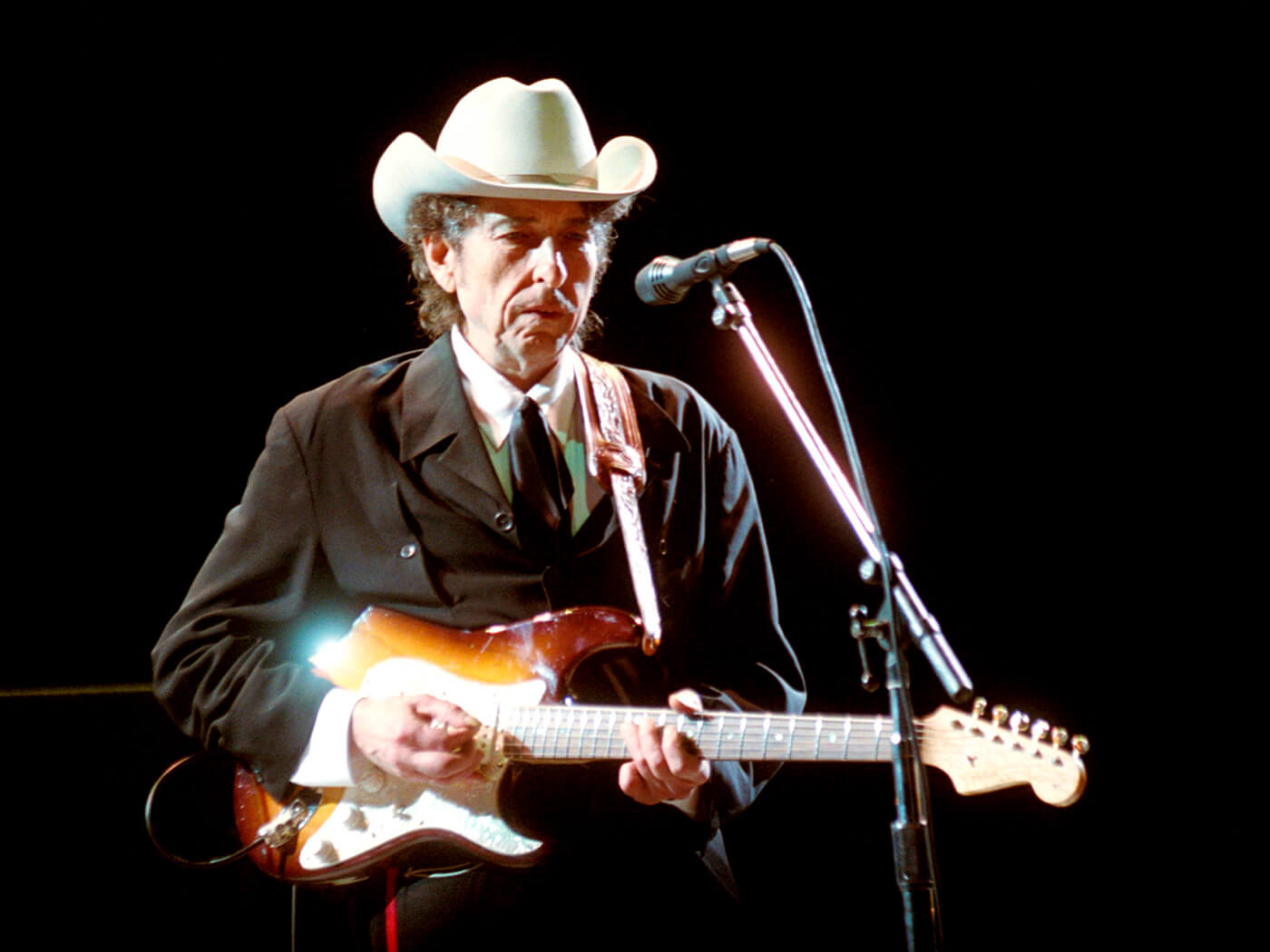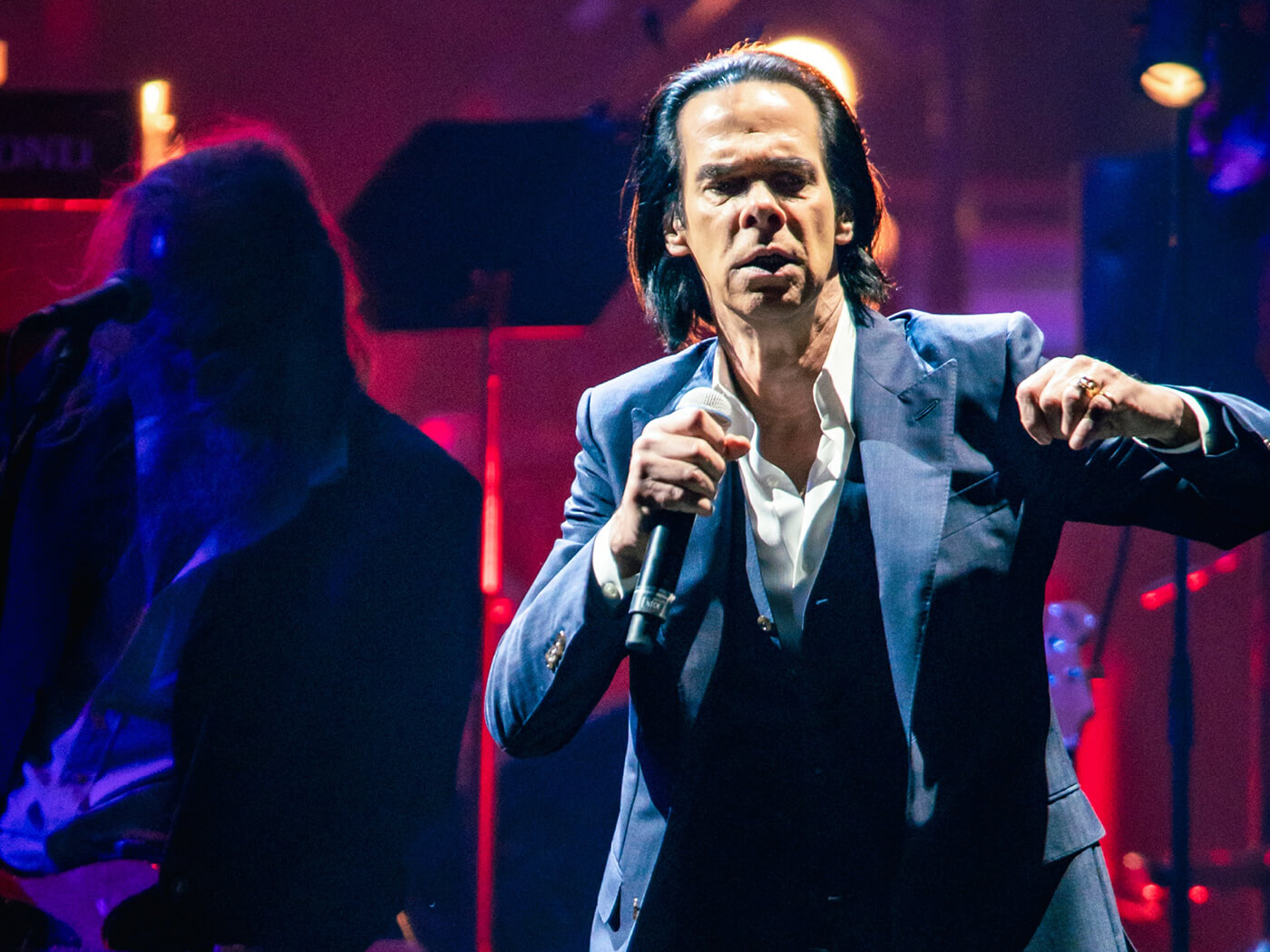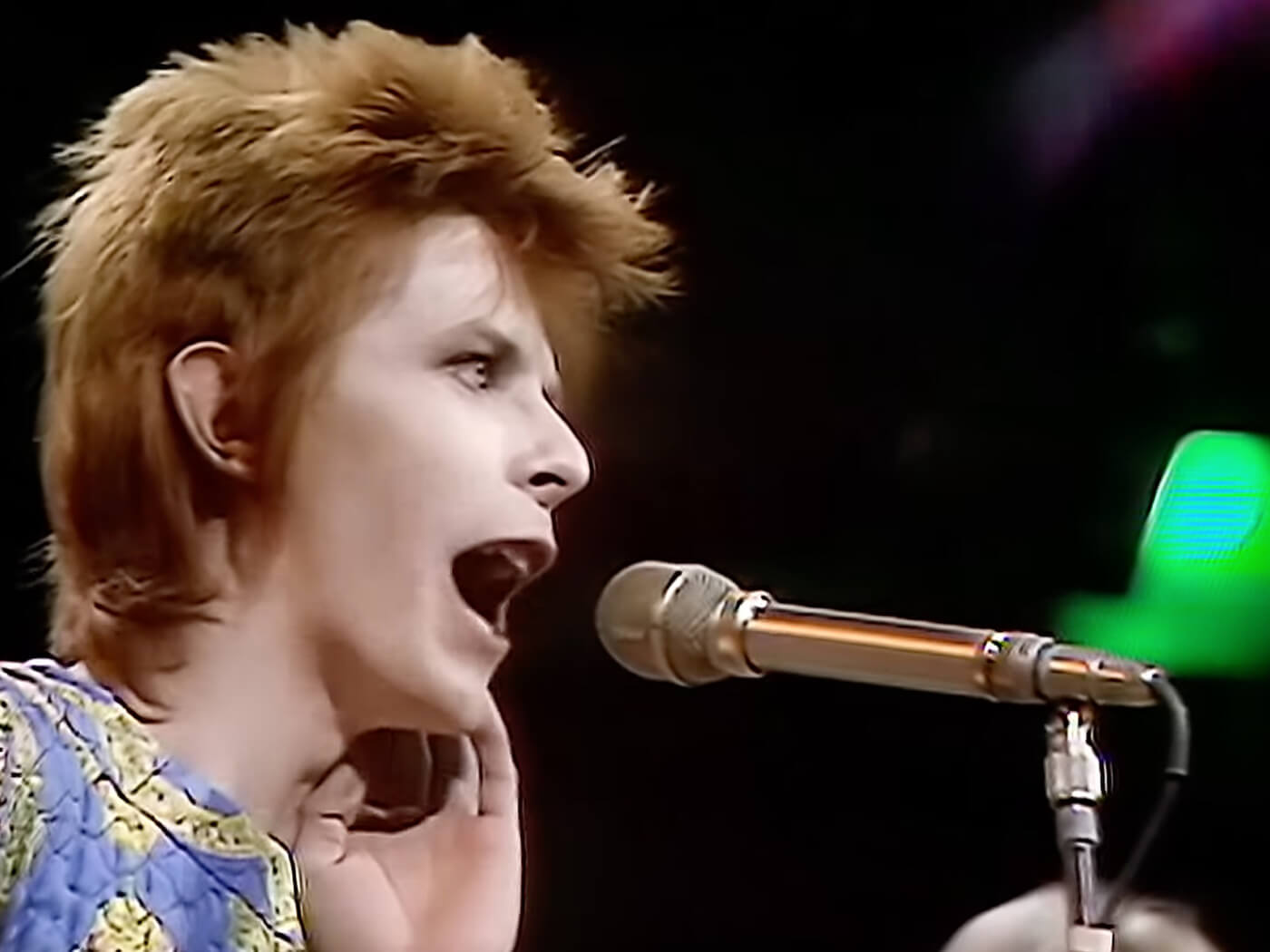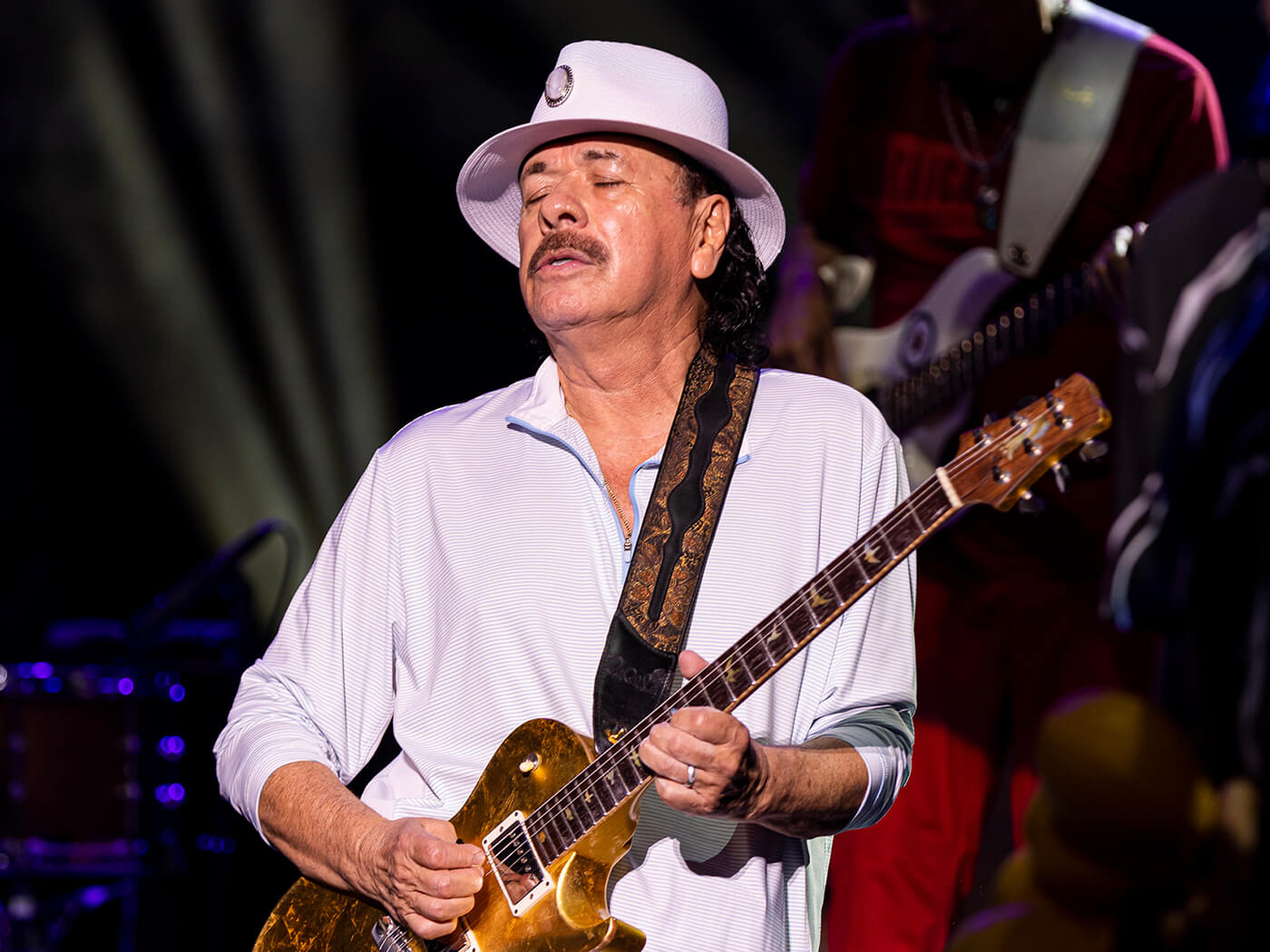In 2000, Neil Young and Crazy Horse took up residence at Toast – a recording studio on San Francisco’s Mission Street. Awaiting overdue renovation, the district itself was in poor condition. The back door at Toast opened onto a view of derelict buildings; aside from a doughnut shop on the corner, their only neighbours were rats and the squatters. Inside Toast, the vibe was undetermined. As Young wrote in his memoir Special Deluxe, there were “some serious problems with my marriage” (to his then-wife Pegi).
Instead of arriving at the sessions as usual with a handful of songs ready to go, Young apparently spent much of his time at Toast sitting on the studio floor, scribbling onto yellow pads, while the Horse watched TV and struggled to comprehend Toast’s lack of essential kitchenware. “Everything seemed temporary, even Crazy Horse,” Young wrote in Special Deluxe. “Although we had some great moments [in the studio] and the music was soulful, it wasn’t happy or settled.”
Taking a break, the band headed to South America for shows in Brazil and Argentina before returning to San Francisco, reinvigorated. This renewed spirit did not endure, however. “Eventually I gave up and abandoned the album,” Young wrote. “I was not happy with it, or maybe I was just generally unhappy. I don’t know. It was a very desolate album, very sad and unanswered.”
Instead, Young convened with Crazy Horse guitarist Frank “Poncho” Sampedro and Booker T & The MGs to record a new album, Are You Passionate?, that included a handful of songs leftover from Toast. Meanwhile, Toast itself disappeared from sight, its existence never officially revealed until 2008. Since then, it has become part of a tantalising parallel history of Young’s activities stretching back through decades, alongside Chrome Dreams, Oceanside/Countryside, Island In The Sun and Times Square. Young’s interest in releasing these ‘lost’ albums as part of his ongoing Archives series seems to rise and fall depending on a series of complex internal algorithms.
Toast fell on and off the schedules, until he started talking seriously about it – notably to Uncut – when he reactivated Crazy Horse for Americana and Psychedelic Pill in 2012. Whatever we might think about Young’s capricious career swerves, he tends to work methodically within the fixed parameters of each project; so once his focus shifted away from Crazy Horse at the end of the Alchemy Tour, his interest in Toast waned. With the latest incarnation of Crazy Horse currently active, Toast has finally arrived. And what a magnificent album it is.
Considering Young ditched Toast because its “down and almost out” vibes were too intense, it might seem strange that he chose to revisit three of its saddest songs almost immediately on Are You Passionate?. “Quit”, “How Ya Doin’?” (rechristened “Mr Disappointment”) and “Boom Boom Boom” (“She’s A Healer”) all share what Young described as the “foggy, blue and desolate” mood indicative of the Toast sessions. But evidently there was something about this murky emotional territory that resonated. Re-recording them without Crazy Horse, away from San Francisco and in the company of some new musicians might have brought Young some distance. But irrespective of location or personnel, these are bleak songs.
“I know I treated you bad/But I’m doin’ the best I can”, he sings on “Quit”, continuing with the self-recrimination on “How Ya Doin’?”: “I’m taking the blame myself/For livin’ my life in a shell”. Seasoned Neil watchers may conclude that this emotional turbulence eventually peaks with “Ramada Inn” – Psychedelic Pill’s uncharacteristically nuanced and coherent narrative about a long-term relationship on its last legs.
The good news is, the Toast versions are superior to the …Passionate? recordings. Among the most conspicuous changes is Young’s decision to sing “How Ya Doin’?”, a move more suited to the song’s wistful temperament than the semi-spoken growl on “Mr Disappointment”. It’s funny, comparing the Toast and Are You Passionate? versions side by side, because for all their peerless credentials as a soul band, Booker T & The MGs don’t go anywhere near as deep with Neil as Crazy Horse. On Toast, the Horse give Young plenty of space – “a big fat sad sound” – which allows him to move freely through the songs, one minute ringing a suitably lachrymose solo out of Old Back on “How Ya Doin’?” the next locking into a subdued but funky experimental groove on “Boom Boom Boom”.
At 13 minutes, “Boom Boom Boom” is the longest song on Toast – although less immediately expansive than a classic Horse jam, it’s nevertheless equally compelling. Backed by a cyclical rhythm laid down by Ralph Molina’s drums and Billy Talbot’s bass, instruments appear and disappear – there’s a cluster of piano notes here, a guitar solo there, a lone trumpet, what might even be a gong at one point. Young sings an octave higher, too, rising to meet Pegi and Astrid Young’s backing vocals as the three of them circle around the song’s haunting refrain, “There ain’t no way I’m gonna let the good times go”.
A more vigorous reminder of the Horse’s core strengths arrives with “Goin’ Home”, with Young howling heroically into the void, buffeted by Ralph’s pounding drums and Poncho’s powerchords. Another of Young’s fabled historical epics, it moves back and forth from Custer’s Last Stand to the present day until time telescopes in on itself and “Battle drums were pounding/All around her car”. I’m pretty sure it’s the same take as on …Passionate?, but it seems sharper here.
Of Toast’s three unreleased songs, “Standing In The Light Of Love” and “Gateway Of Love” debuted on the 2001 EuroTour, while “Timberline” remains unheard. “Standing In The Light Of Love” finds Young and the Horse in stomping head-to-head communion, playing in tight proximity to one another. Based around a Deep Purple-ish riff and cranky delivery from Young, its mood is one of vigorous defiance – “I don’t want to get personal/Or have you put me on the spot”. “Gateway Of Love” features several hairy and expansive solos from Young as well as an unexpected bossa nova beat evidently inspired by their South American trip. The song offers up a telling insight: “If I could just live my life/As easy as a song /I’d wake up someday/And the pain will all be gone”.
For someone often given to cryptic pronouncements and everyday surrealism, this is Young, disarmingly direct. But for every one flash of candour, there’s a “Timberline” not far behind. Writing on Archives, Young explains that the song is about “a religious guy who just lost his job. He’s turning on Jesus. He can’t cut any more trees. He’s a logger.” Here, the Horse deliver Toast’s liveliest number, driven by crunching chords and a wild, joyous backbeat from Ralph. A pump organ adds nuance. The chorus consists of Young and Crazy Horse yelling “Timberline!” repeatedly. For all the apparent bad fog of loneliness, it sounds like some fun took place on Mission Street, after all.
Viewed as part of Young and Crazy Horse’s run of albums that began with 1990’s Ragged Glory, Toast feels conceptually closer to Sleeps With Angels and Broken Arrow – albums that dealt squarely with loss. Musically, however, Toast inhabits a space somewhere between all three. There are rowdy barn-raisers, but also melodic, meditative grooves and strange, insidious songs. It’s an album of almost fragile beauty, intense loneliness and raging storms. Not for the last time, Crazy Horse took Neil Young somewhere he wasn’t expecting. It’s just a shame it’s taken us so long to get there too.



